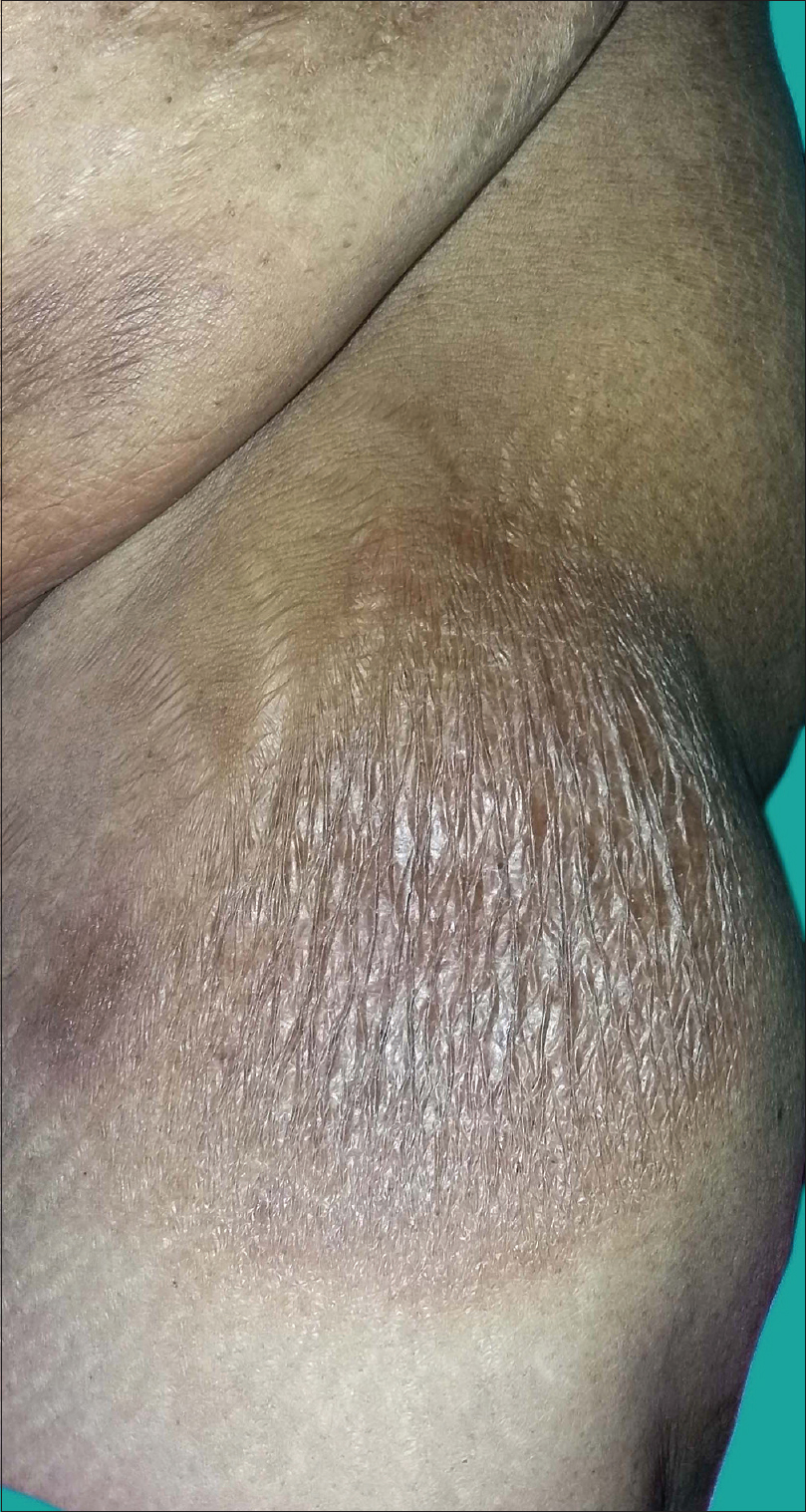
 Laboratory studies (do not establish stage of disease but are important). Some of the tests may need to be repeated to better establish the diagnosis. Your child's pediatrician or your family doctor may order some initial tests before referring you to a specialist. Evaluation involves a combination of physical examination, laboratory studies and imaging studies. While a chest X-ray is usually performed prior to any biopsy, a lymph node (or rarely other site) biopsy is needed to diagnose the disease.Ī number of tests are performed to evaluate a child who is suspected of having Hodgkin disease. An enlarged spleen or liver may indicate generalized disease. The presence of small, soft lymph nodes are less concerning than nodes that have been increasing in size or are significantly enlarged. The physician will examine your child's lymph nodes and abdomen thoroughly. Itching can be mild or severe, and tends to occur more often in patients with advanced disease.Įvaluation begins with a complete medical history and physical examination. Itching (pruritus) is another symptom in patients with Hodgkin disease. They are "systemic" symptoms with a more generalized affect on the entire body. Poor appetite, weight loss, night sweats, fever, a sense of ill-feeling, and fatigue may also be experienced by children with Hodgkin disease. The lymph nodes are usually painless, firm, rubbery, and movable in the surrounding tissue.
Laboratory studies (do not establish stage of disease but are important). Some of the tests may need to be repeated to better establish the diagnosis. Your child's pediatrician or your family doctor may order some initial tests before referring you to a specialist. Evaluation involves a combination of physical examination, laboratory studies and imaging studies. While a chest X-ray is usually performed prior to any biopsy, a lymph node (or rarely other site) biopsy is needed to diagnose the disease.Ī number of tests are performed to evaluate a child who is suspected of having Hodgkin disease. An enlarged spleen or liver may indicate generalized disease. The presence of small, soft lymph nodes are less concerning than nodes that have been increasing in size or are significantly enlarged. The physician will examine your child's lymph nodes and abdomen thoroughly. Itching can be mild or severe, and tends to occur more often in patients with advanced disease.Įvaluation begins with a complete medical history and physical examination. Itching (pruritus) is another symptom in patients with Hodgkin disease. They are "systemic" symptoms with a more generalized affect on the entire body. Poor appetite, weight loss, night sweats, fever, a sense of ill-feeling, and fatigue may also be experienced by children with Hodgkin disease. The lymph nodes are usually painless, firm, rubbery, and movable in the surrounding tissue. 
The affected lymph nodes are usually found in the neck or above the collarbone, and less commonly under the arms or in the groin. In Hodgkin disease, the lymph nodes are usually larger than those that occur with common infections, and they do no shrink when treated with standard medications like antibiotics. People usually cannot feel lymph nodes unless they become swollen while fighting infection. Most patients who have Hodgkin disease experience swollen lymph nodes (small tissues located throughout the body that store white blood cells to help filter out germs), called lymphadenopathy. The number of cases increases significantly in the second decade of life, making it most common in teenagers. It has been reported in infants and very young children, but is considered rare before the age of five. These organs produce, store, or carry white blood cells to fight infection and disease.Īpproximately 900 children and adolescents each year are diagnosed with Hodgkin disease in the United States. The lymphoid system is made up of various tissues and organs, including the lymph nodes, tonsils, bone marrow, spleen and thymus.

Hodgkin disease (also known as Hodgkin lymphoma) is a cancer of the lymphoid system.







 0 kommentar(er)
0 kommentar(er)
